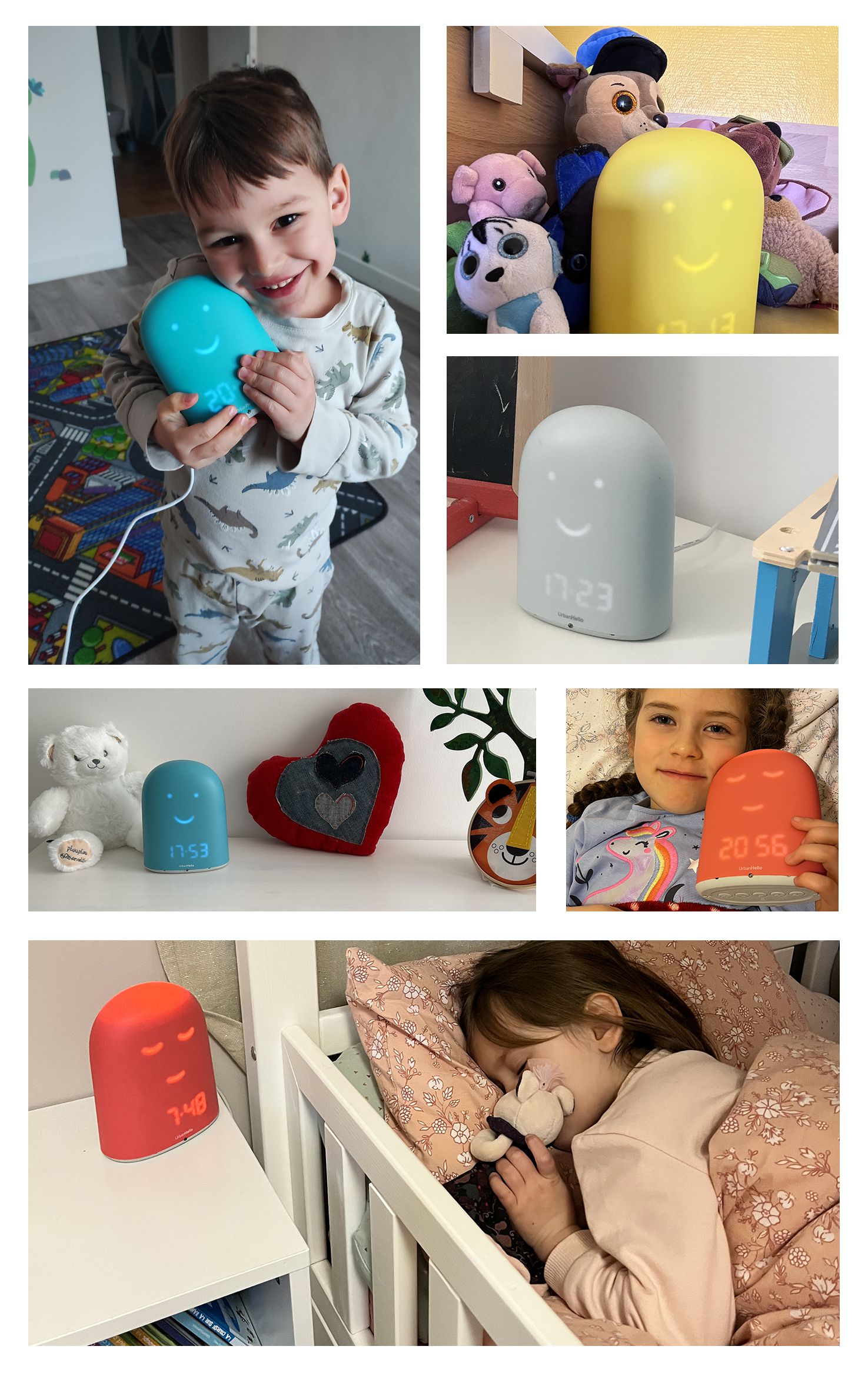What kind of story do kids prefer?

A quick glance at our children’s bookshelves is enough to see just how important imaginary stories are.
Fire-breathing dragons, talking lions, a table that acts like a butler... It seems that most of the stories we read to our kids revolve around fantastical and wonder-filled worlds.
But these magical worlds aren’t always beneficial! So, when it comes to imagination or reality, what kinds of stories do children really prefer?
True Stories or Made-Up Tales: The Experiment!
In 2015, an American study set out to run an experiment to help answer this very question!
👉 A group of 4- to 5-year-old children were presented with one story described as real and one story described as pretend.
To avoid the results being influenced by the book titles, each story was framed differently for different children. For example: the book “A little girl/boy discovers a dinosaur bone in the backyard” was described as a true story, while “A little girl/boy finds buried treasure in the park” was described as fictional for the first child. The second child heard the opposite — and so on.
The experiment was also conducted with children aged 6 to 7, as well as with adults.
It showed that older children tend to prefer imaginary stories, while adults were equally interested in both types.
This experiment is quite surprising when you consider that most children’s books feature talking animals and magical creatures.
Why not try it at home? Offer your child two stories — one based on a true event, the other completely imaginary. Their choice might just surprise you!
But it does raise the question: why do younger children prefer true stories in the first place?

Children and Imagination
Children have a much more active imagination than adults.
Since they don’t yet understand the rules that govern the world, they tend to make up their own to fill in the gaps. A single jump might launch them to another planet, flapping their arms lets them fly, and so on.
Of course, nature itself gradually becomes their teacher. By linking cause and effect, children slowly begin to understand how things work: push a bowl and it might fall, press a piano key and it makes a sound.
They quickly realize that these experiences are both enriching and fun. That’s why they naturally want to try things on their own — like helping in the kitchen or dressing themselves.
👉 Stories are a fun and valuable source of information!
They help spark curiosity and give children tools to better understand the world around them. On the other hand, imaginary stories offer more room for fantasy and serve a different purpose.
What to Choose: Fairy Tale or Real-Life Story?
Each type of story has its own value.
👉 Imaginary or fantastical stories help your child develop their imagination. They have to picture what’s happening as the story unfolds. How big is the dragon? Is the little child blonde or brunette?
It’s even recommended to intentionally leave a few gaps in the story and avoid being overly descriptive — this invites your child to let their imagination fill in the blanks. This process is extremely valuable, as it helps them make connections and gradually build their intelligence.
👉 Realistic stories or “life stories” teach your child about the world around them. Don’t hesitate to include real-life situations — like angry parents or a disagreement between friends. These types of stories mirror real life and allow children to relate them to their own experiences and the questions they may be asking.
This makes it easier for them to know how to react if they face a similar situation in real life.
That said, be careful not to turn every story into a “lesson” or a “manual” for handling emotions. Sometimes it’s better to have a simple conversation or to soothe strong feelings with a hug or a cuddle.
Our Tips:
- Mix different types of stories and enjoy the benefits of both! You can even add realistic touches to imaginary tales, or sprinkle a bit of magic into your “real-life” stories.
- Ask your child what they prefer. They’ll often tell you if they feel like learning something new or if they want to escape into their imagination.
- If your child enjoys them, try to lean toward more realistic stories — especially for kids under 6. These stories can help them learn and better understand the challenges they face as they grow.
Discover REMI
THE SMART ALARM CLOCK 😊
REMI and its app bring together everything you need to manage your baby’s sleep!
Its mission? Helping families sleep better — from birth up to age 10.
I bought REMI for my 4-year-old son who didn’t want to sleep alone anymore after his little sister was born. Thanks to the remote wake-up system and bedtime stories I can play from a distance, the issue is completely resolved! I 100% recommend this purchase!






 My Child Won’t Sleep Alone: How to Help Them Gain Independence
My Child Won’t Sleep Alone: How to Help Them Gain Independence
 Letting Baby Cry It Out: Effective, But At What Cost?
Letting Baby Cry It Out: Effective, But At What Cost?
 White noise for baby : a scientific research !
White noise for baby : a scientific research !
 What are the positive effects of napping on memory?
What are the positive effects of napping on memory?
 What Time Should Your Child Go to Bed? The Ideal Bedtime by Age!
What Time Should Your Child Go to Bed? The Ideal Bedtime by Age!